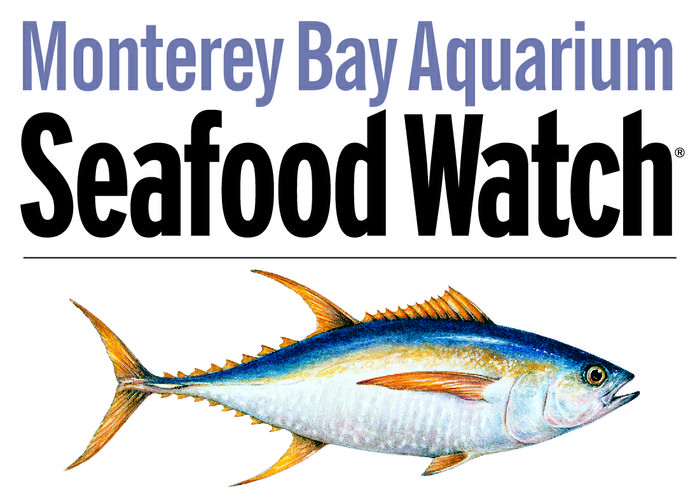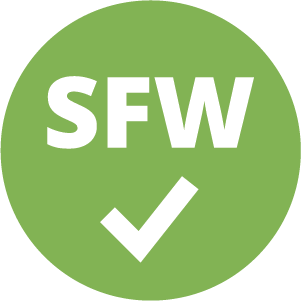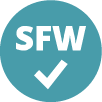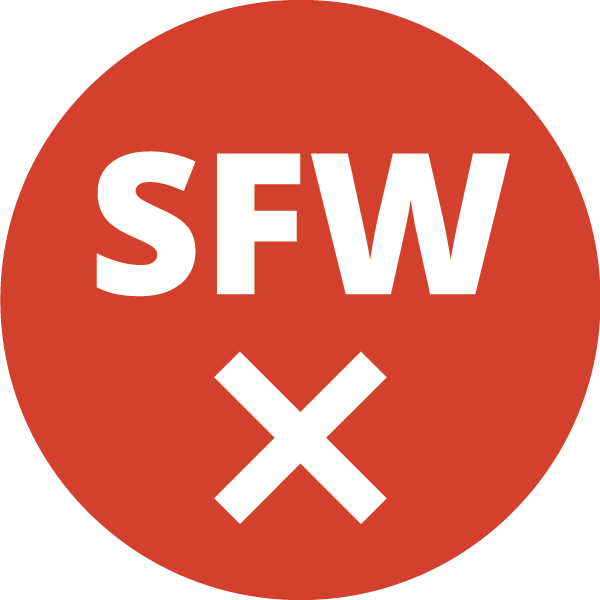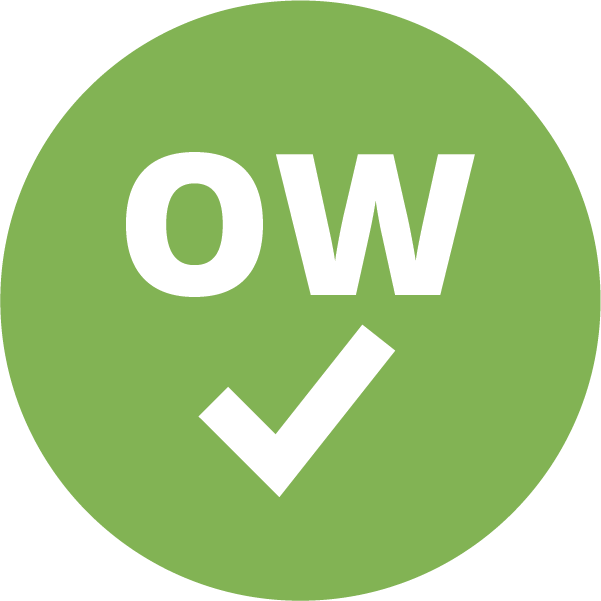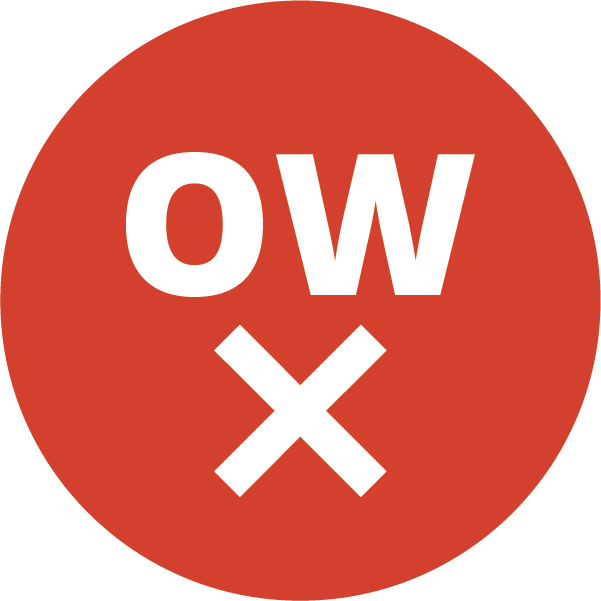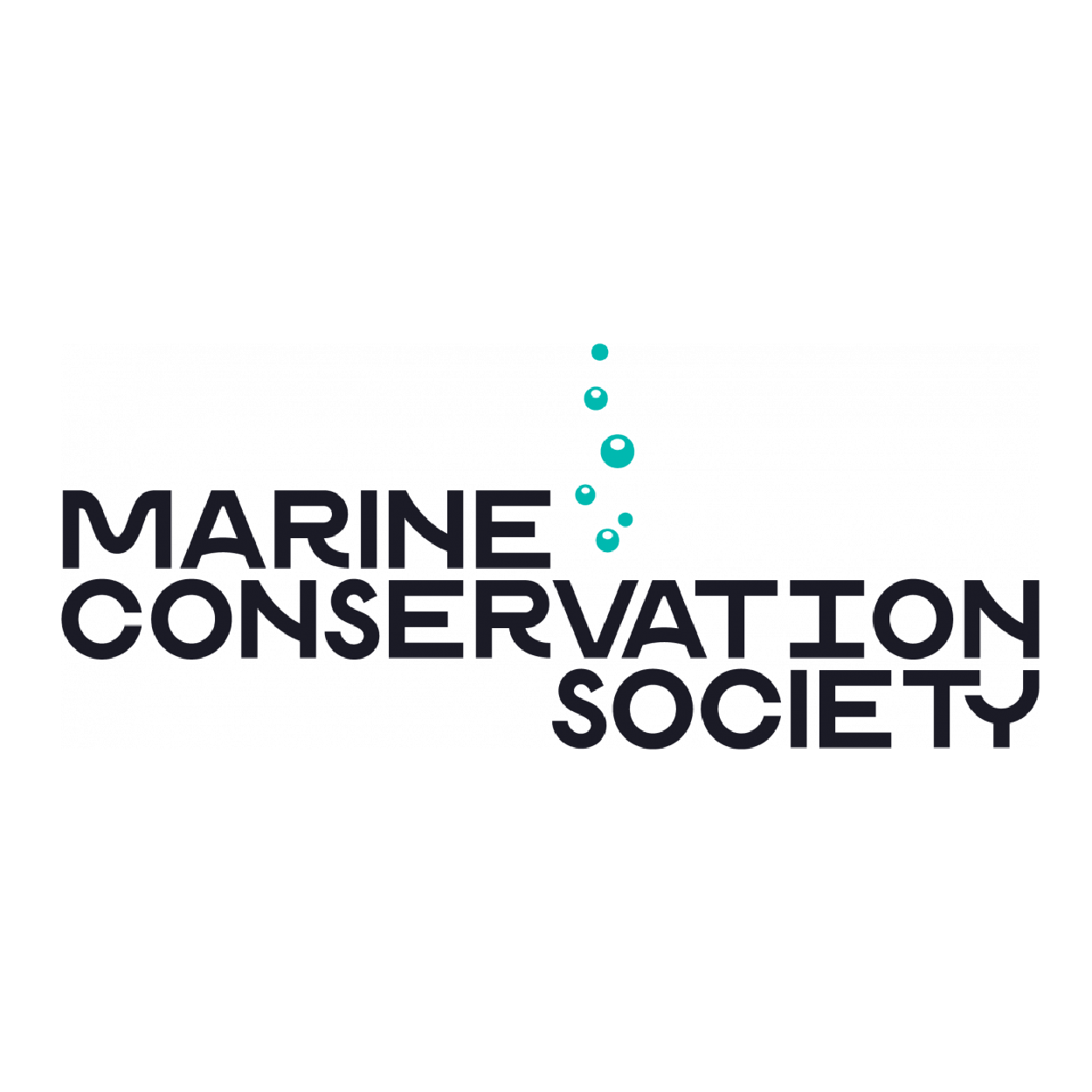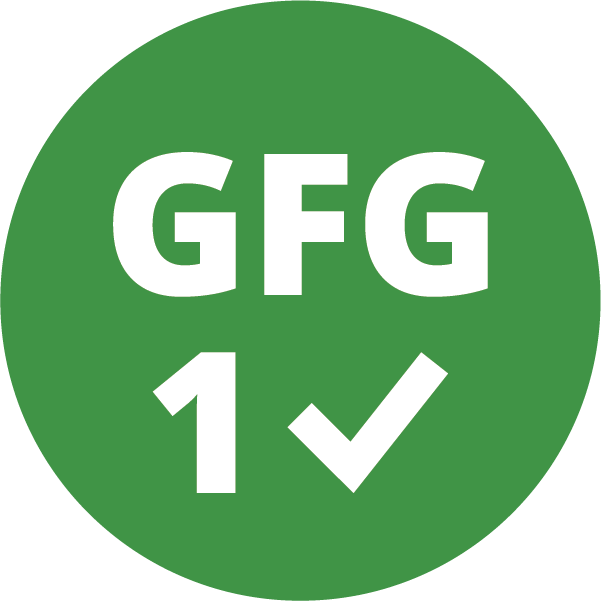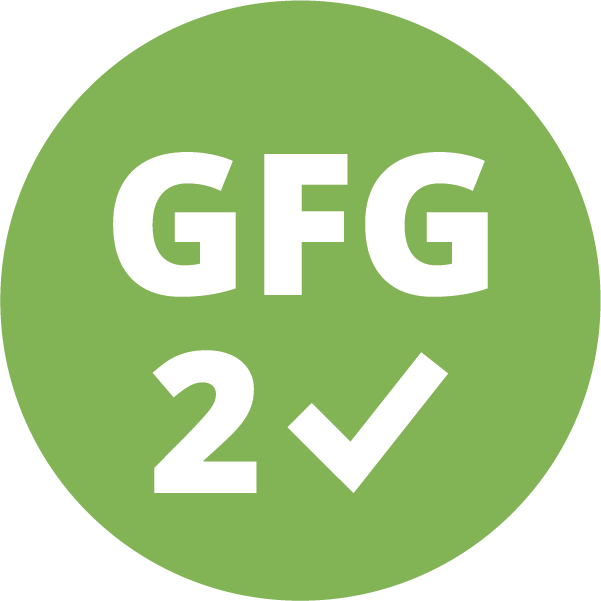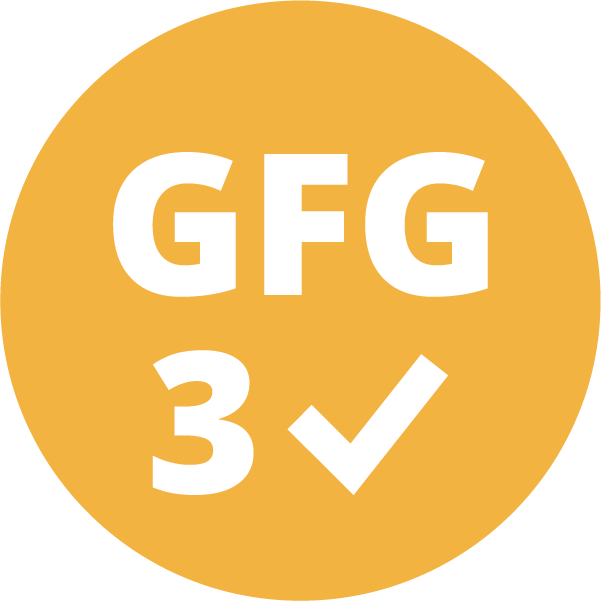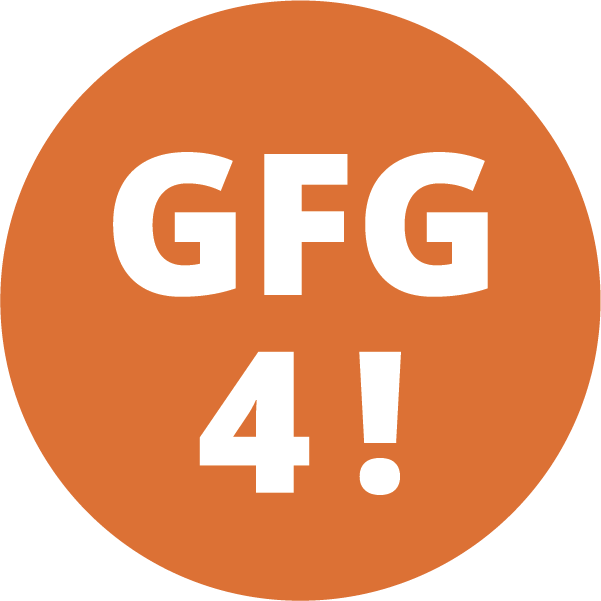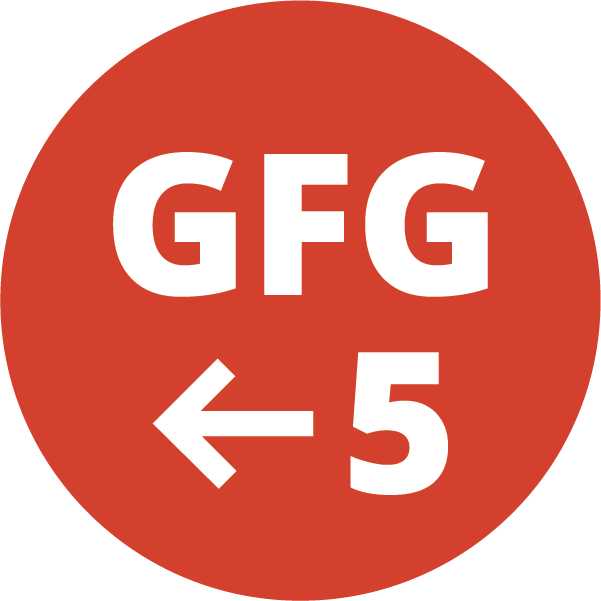There are a number of factors that go into evaluating the sustainability of a seafood item, ranging from the specific criteria being used by a ratings program to whether or not the product you're carrying has been certified. Additionally, while some products may be rated as unsustainable, sourcing that same species from a Fishery Improvement Project (FIP) should also be taken into consideration as these FIPs are actively addressing issues within their fishery.
While you may ultimately prefer the criteria used by one rating or certification program over another, learning as much as you can from as many different resources as possible is the best way to get the most comprehensive picture of the issues impacting the seafood products you source. The tools and resources available on FishChoice.com can help you do just that.
Sign up for a free account to access FishChoice's My Assessments tool.
Step 1: Run an Assessment
Use FishChoice's My Assessments tool, located in your account's dashboard, to assess if the seafood you are producing or selling is considered sustainable by the publicly available standards from your choice of three ratings programs: Seafood Watch, Good Fish Guide, or Ocean Wise. Assessments report a snapshot of the sustainability of seafood products in real-time by pulling data from a user-generated product list through a simple online form. As sustainability information changes, seafood items in the assessment will automatically be updated with any relevant new ratings. Before using the online system, we strongly recommend collecting the following information on your seafood in advance:
- Seafood common name (according to the U.S. FDA in nearly all cases)
- Seafood origin (where the seafood was caught or farmed)
- Seafood harvest method (fishing method(s) or type of aquaculture operation)
- Seafood item volume and time period (date range)
- Any certification your seafood products may have (See our Sustainable Seafood Certification Partners for available options)
- Any products coming from a FIP
Step 2: Interpret Your Results and Take Action
After you've run your assessment, you will see the following categories and graphs listed on your results:
- Sustainability Breakdown by Item
- Sustainability Breakdown by Volume
- Seafood Category Sustainability by Item
- Seafood Category Sustainability by Volume, and Seafood Watch, Good Fish Guide, or Ocean Wise Rating
In addition to these individual graphs, you will also see a results table located at the top of your screen which will include all the seafood items included in your assessment, along with their corresponding sustainability rating, certification, or FIP source.
| Program | Ratings Key | |
|
Best Choice Species is abundant, well managed, and caught or farmed in environmentally friendly ways |
||
|
Good Alternative Species is still a good option, but there are concerns with how they’re caught or farmed - or with the health of their habitat due to other human impacts. |
||
|
Eco-Certification Recognized Products come from certifications have been benchmarked against the Seafood Watch criteria for farmed and wild seafood as equivalent to at least a Seafood Watch 'Good Alternative' recommendation. |
||
|
Avoid Species may be overfished, there may be unacceptably high levels of bycatch, and/or the fish is caught or farmed in ways that have deleterious impacts on affected ecosystems. |
||
|
Recommended Sustainable - Species is caught or farmed in a way that ensures the long-term health and stability of the species, as well as the greater marine ecosystem. |
||
|
Not Recommended Unsustainable - Species is not caught or farmed in a way that ensures the long-term health and sustainability of that species, as well as the greater marine ecosystem. |
||
|
1 - Best Choice Indicate fish that are in MCS's opinion, the best choice and come from well-managed fisheries and fish farms that have a lower impact on the marine environment. |
||
|
2 - Best Choice Indicate fish that are in MCS's opinion, the best choice and come from well-managed fisheries and fish farms that have a lower impact on the marine environment. |
||
|
3 - Think Indicate fish that MCS would like people to eat less of until the fishery or farming method improves. These choices may be at risk of becoming unsustainable because of one or more environmental impacts. |
||
|
4! - Think Indicate fish that MCS would like people to eat less of until the fishery or farming method improves. These choices may be at risk of becoming unsustainable because of one or more environmental impacts. |
||
|
5 - Red Improver Indicate fish which have been assessed and rated 5 (red) due to significant environmental concerns, but credible efforts to improve the fishery or farming system have been agreed through a Fishery or Aquaculture Improvement Project. MCS encourages environmental improvements in fisheries and fish farms, and so does not recommend avoiding these fish, as normally for seafood rated 5. |
||
|
5 - Avoid MCS would like consumers and businesses to avoid buying MCS red-rated fish until improvements in its production are made. |
||
Ratings Key:
When looking at your results, you'll easily be able to visually determine which of your products are considered to be sustainable, and which products are not. If your products fall within one of Seafood Watch's, Good Fish Guide's or Ocean Wise's recommended sustainable (green/yellow) ratings, is certified by one of our certification partners, or comes from a FIP, congratulations — you are harvesting, producing, buying, or selling sustainable products or products that are coming from fisheries working toward improving the fishery’s sustainability. Share this information with your customers so they can continue to support your business and its sustainability efforts.
By identifying which products are unsustainable, you can use this information to start looking for sustainable alternatives via FishChoice's Recommendation Engine, find a Fishery Improvement Project to support improvements in fisheries around the world, or learn more about alternative species to source instead. You can also contact the relevant management authorities for the fishing or farming operation and/or your suppliers to discuss what improvements are needed and how your business can support those improvements.
Step 3: Continue to Learn and Engage
It is important to note that sustainability isn’t something to achieve and never think about again. It needs to be an ongoing effort. Engage with the government officials that oversee your fishery or farming operation or those you source from, talk about sustainability within your business, and educate others.
Continue to learn about important seafood issues like sustainability, traceability and social responsibility by exploring the Learn portion of our website. If you are interested in creating a more comprehensive sustainable seafood commitment and program for your business, please review the resources on our Commit pages.

